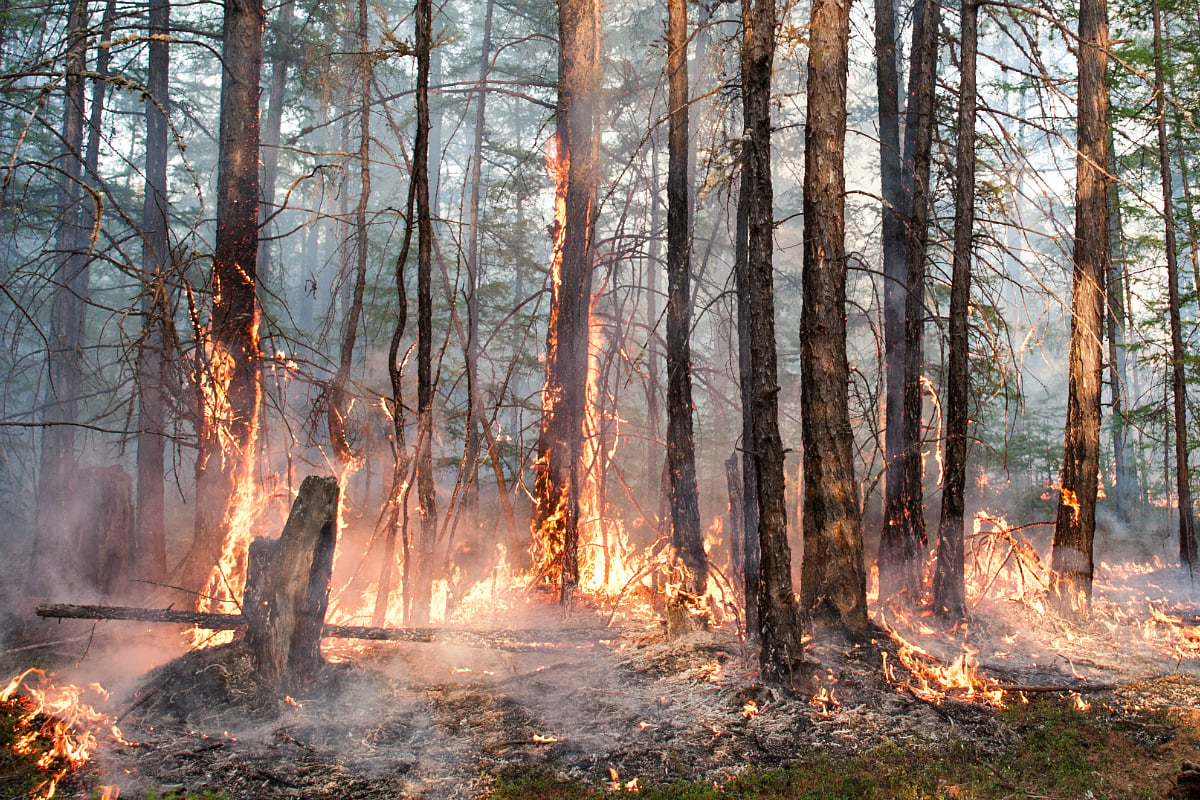
As COVID-19 tightens its grip on the Americas and case numbers sneak up yet again behind Australian's backs, our news feeds are justifiably consumed by the pandemic.
Yet in a far flung-pocket of the world, scientists are watching in alarm as a different kind of crisis unfolds — one that may, too, have global consequences.
Siberia, the famously frost-bitten region of Russia, is on fire.
Large areas of the province are ablaze, even in its upper reaches. North of the Arctic Circle, tundra that is typically too cold and wet to burn is being scorched, sending clouds of smoke billowing into the sky.
🟠 A massive #wildfire🔥 in the #SakhaRepublic, #ArcticCircle, #Siberia, #Russia🇷🇺 creating some #pyrocumulonimbus clouds☁️ 9 July 2020 #Copernicus #Sentinel-2🛰️ Full-size ➡️ https://t.co/GZDvYMUxWr + https://t.co/QsJleyRoSM #OpenData #scicomm #RemoteSensing Image is 71 km wide pic.twitter.com/crAzGxzfTn
— Pierre Markuse (@Pierre_Markuse) July 9, 2020
